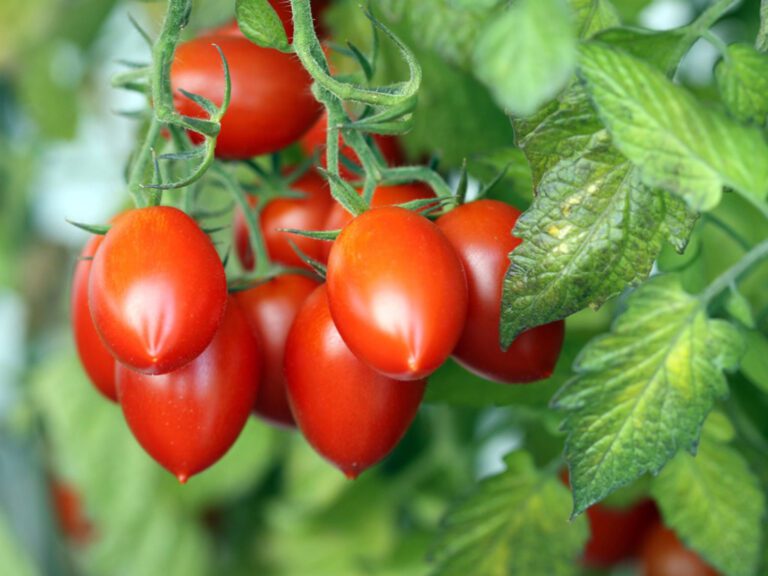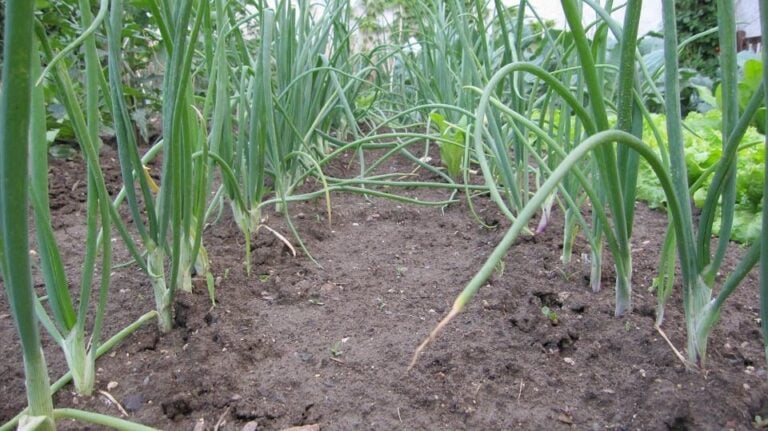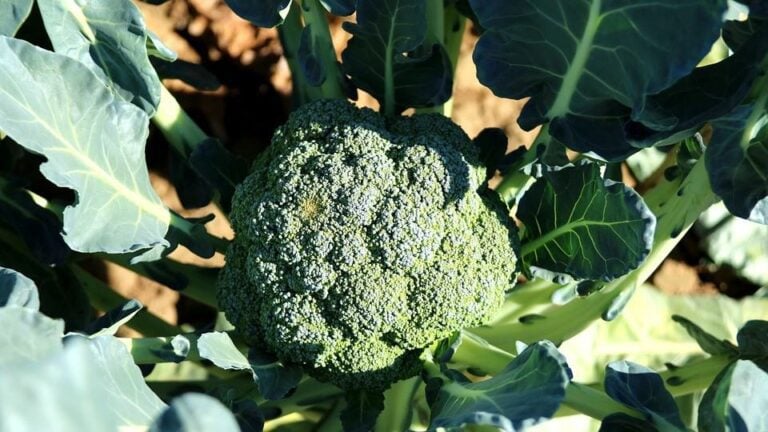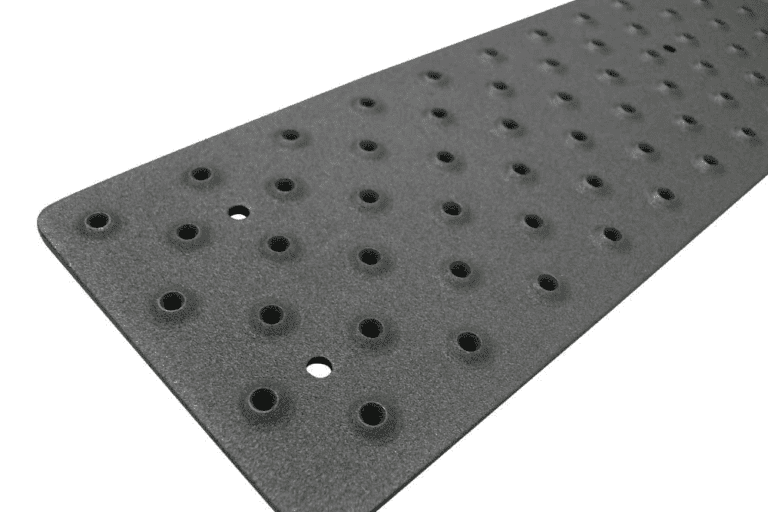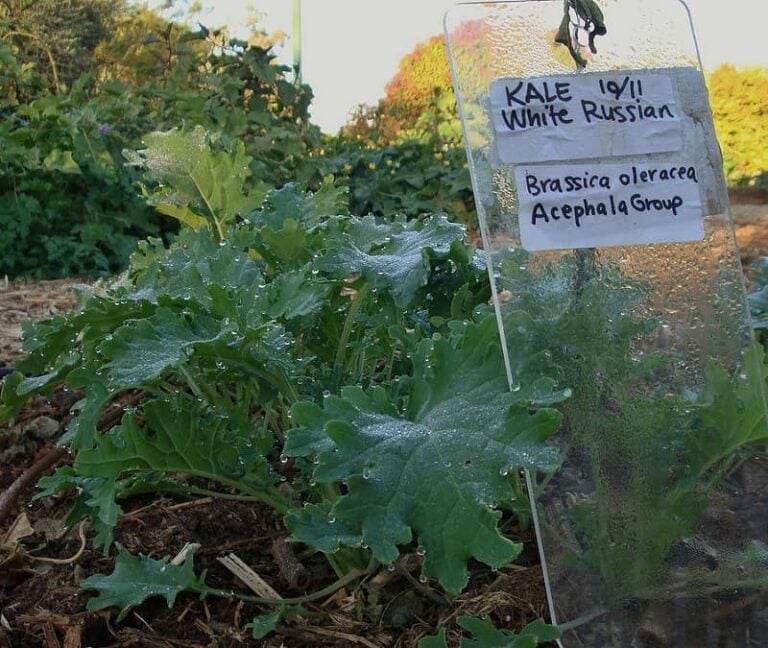Growing Horseradish: A How-to Guide
Does Horseradish Need Full Sun?
Horseradish is a cold-hardy perennial that thrives in full sun, but is also able to tolerate light shade. Typically speaking, for the best results, horseradish needs to grow in mild climates in either full sun or partial shade at temperatures between 60 and 65°F (15.5 and 28°C).
The best thing about growing horseradish is that it’s nearly bombproof, meaning that it needs very little effort or gardening experience from you. In fact, it ranks in the 5 easiest-to-grow edible plants because it is capable of growing and thriving in such a wide array of conditions.
Horseradish requires little to no attention to thrive, making it a great option if you’re not good at remembering to water your plants. That being said, during drier spells, you will need to make sure that you water it at least once a week to prevent its soil from drying out.
The most common issue that you will likely face when growing horseradish is not how to grow it, but how to keep it from growing in areas that you don’t want it to grow.
Bearing this in mind, to prevent the horseradish from spreading into places that you don’t want it to in your garden, you will need to be very careful to remove the entire root, including its branches, when it comes to you harvesting the horseradish.
You will also need to make sure that you avoid placing the horseradish roots in your compost pile, as this will increase the risk of you spreading it over your entire garden.
When Should I Dig Up Horseradish Root?
You should dig up your horseradish root no sooner than one year after planting. You will need to make sure that you dig the soil carefully from around the main root, being mindful to dig up the side roots and remove them from the soil, too.
For the best results, you will want to harvest your horseradish after the frost kills the foliage, but the best seasons to dig up your horseradish root are fall, winter, and early spring.
This comes down to the fact that the cool soil helps to promote the formation of the compounds that give horseradish roots their strong, pungent flavor, meaning that you’ll get the most out of your plant if you harvest it during these months.
- To harvest your horseradish, you will need to use a digging fork to loosen the soil in a wide circle around the plant.
- Next, you will need to use your finger to locate the direction in which it is growing, as the main horseradish root will likely be found nearly horizontal as opposed to going straight down into the ground.
- Follow this root with your digging fork, being careful to gently remove the surrounding soil. Digging the plant out this way as opposed to pulling the plant out of the ground will help to prevent the largest roots from breaking off.
- Once removed, you can thoroughly wash your horseradish root, pat them dry, and place them into an airtight container in the refrigerator for numerous weeks.
How Big Do Horseradish Plants Get?
Generally speaking, horseradish plants will grow anywhere from 2 to 3 feet, or 60 to 100cm tall.
That being said, the size of your horseradish plants can vary depending on the growing conditions.
Despite the fact that horseradish can grow in the majority of soils, in order to thrive, it will need a soil that is well draining. In addition to this, it will do best in a soil that has a pH level of 6.0 and 7.0.
When it comes to planting your horseradish root, you will need to prepare the soil for planting through the process of double digging. In addition, you will need to incorporate compost and a good quality all purpose fertilizer.
For the best results, you will also need to make sure that you apply an additional dose of fertilizer that is high in potassium, but low in nitrogen 4 to 8 weeks after you have planted your horseradish. This will provide it with the best chance of thriving and growing to an average size.
Typically speaking, horseradish will need to be provided with approximately 1 to 2 inches of water each week. However, additional watering might be required during dry spells, especially during the peak summer months when the ground is much drier than normal.
It’s always recommended that you check the soil before you water the ground, as you don’t want the horseradish plant to become too waterlogged.
What Can I Plant Next To Horseradish?
If you’re thinking of growing horseradish in your garden, you might be wondering what will work next to it in the vegetable patch.
Planning out where you’re going to plant your horseradish can be useful in more ways than one, as you ideally want two or more plants to have a symbiotic relationship whereby they mutually benefit from each other.
There are a variety of different plants that make great companion plants next to horseradish.
These plants include but are not limited to:
- Sweet potatoes
- Rhubarb
- Strawberries
- Asparagus
Horseradish contains isothiocyanate oil that helps to prevent fungal and microbial movement.
It is also worth noting that because horseradish helps ward off diseases, it also makes a great insect repellent to plants that are more susceptible to disease and pests.
Some of the pests that horseradish can repel include:
- Various caterpillars
- Aphids
- Potato beetles
- Potato bugs
- White flies
- Blister beetles
As a result, it’s useful to know that potatoes and horseradish make excellent growing companions.
That being said, it’s important that you’re aware that horseradish can spread very quickly. Even if the smallest bit of root is left in the ground, the plant can easily propagate.
This is crucial to be aware of, as when it comes to harvesting, you will need to be extremely careful to make sure that you have removed all of the horseradish root to prevent it becoming a weed that spreads around your garden.
Photo by allispossible.org.uk licensed under CC BY 2.0

